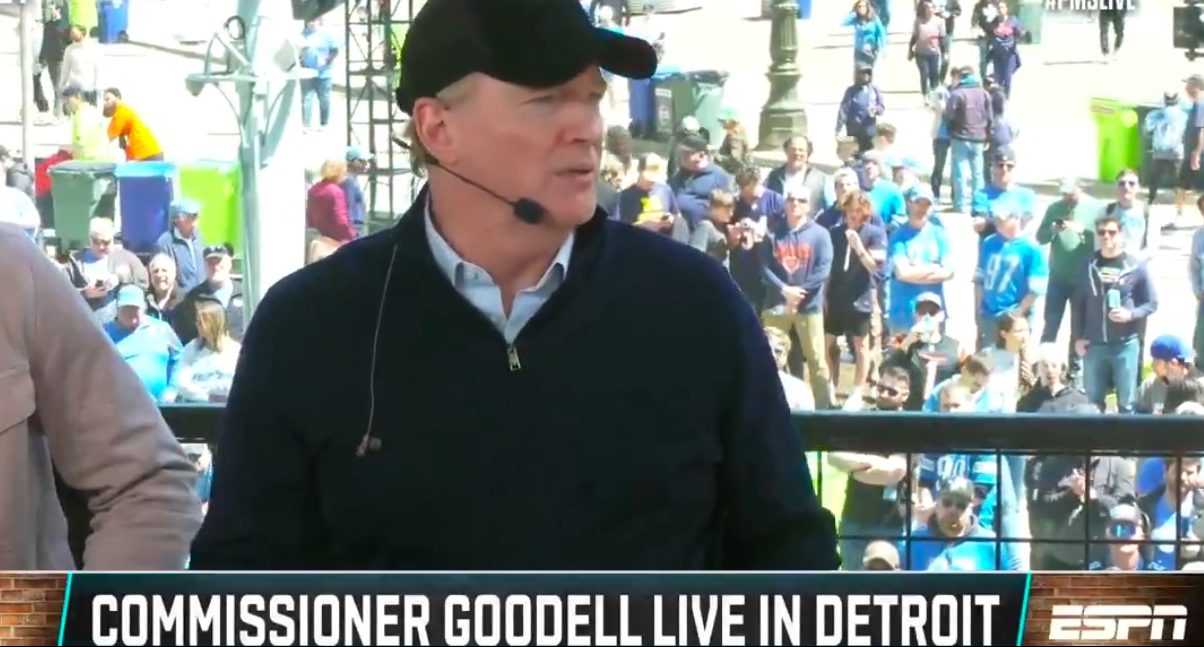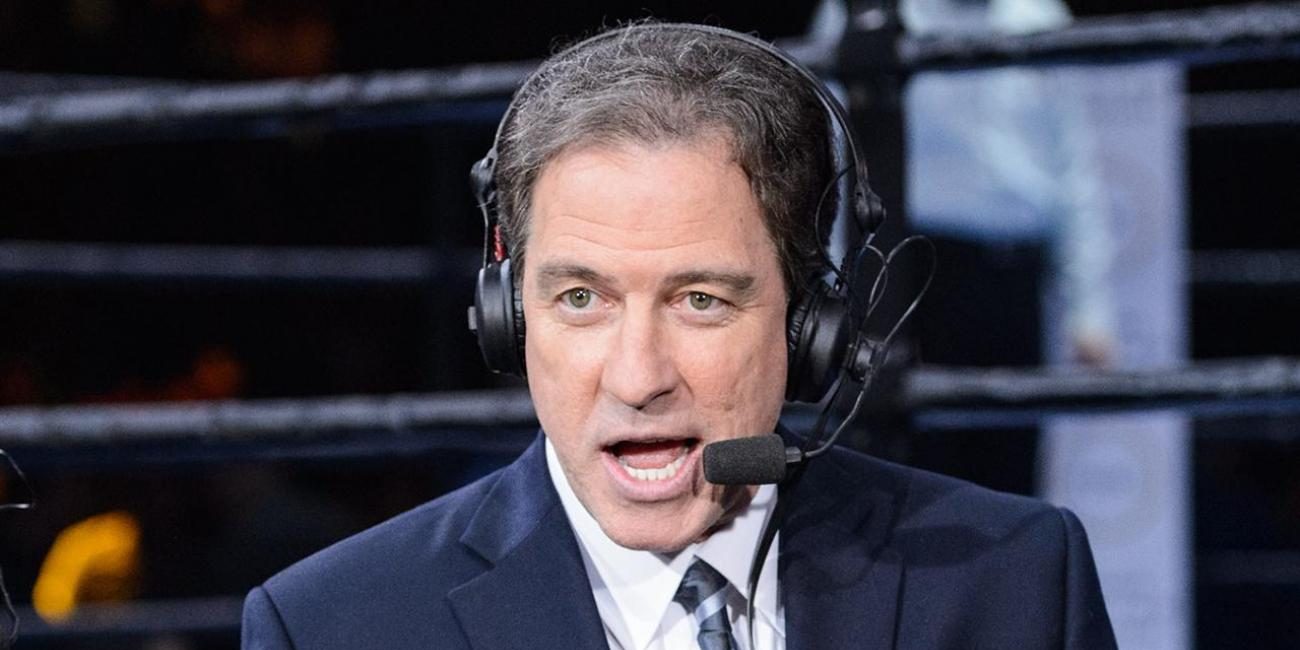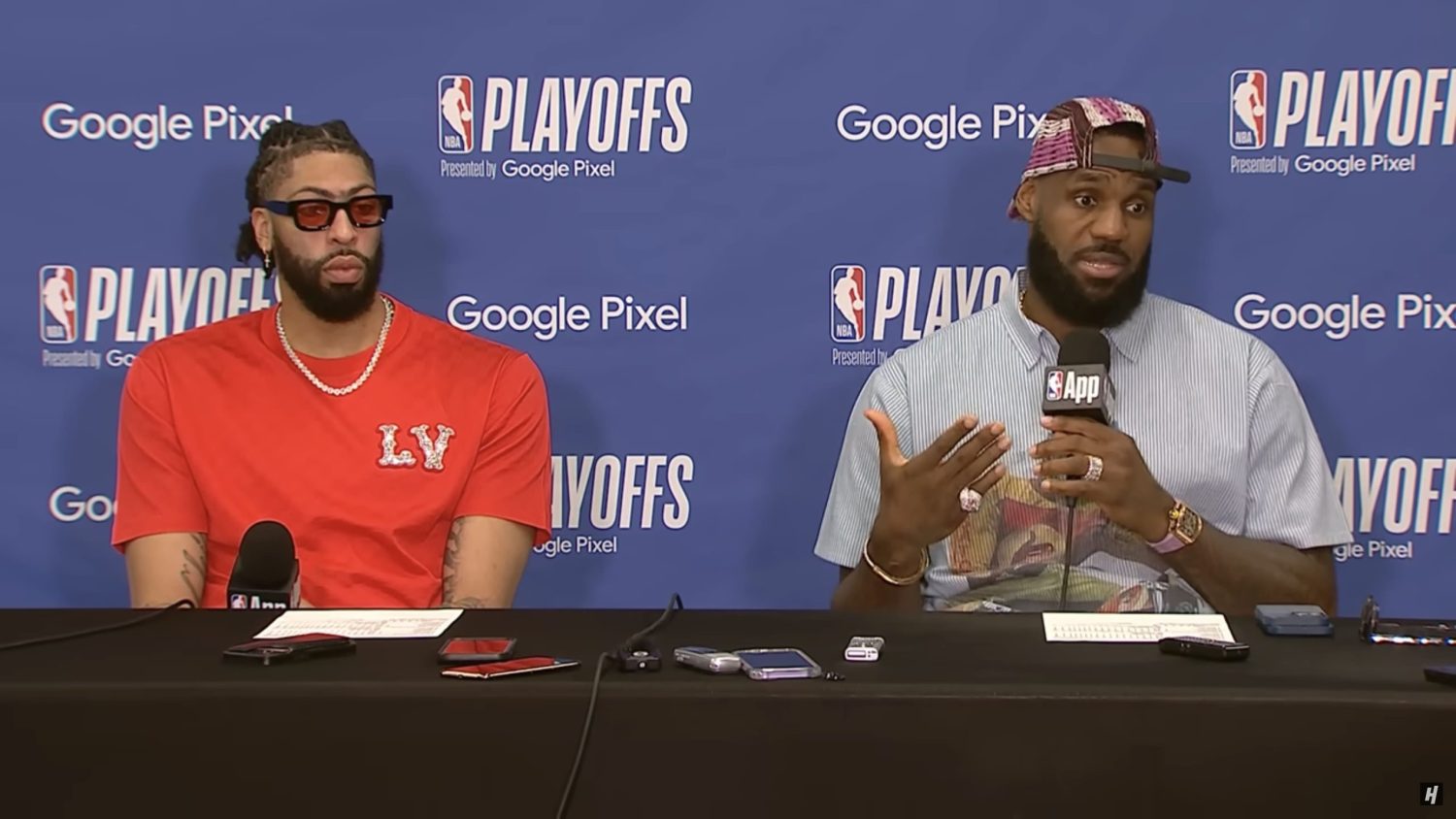Amidst the COVID-19 pandemic, plenty of sports networks have shifted to having talent appear from home, and some shows have also made the jump to complete remote production. But it’s interesting to see an entire sports network shift to that, and that’s what Stadium has done. Stadium CEO Jason Coyle recently spoke to Awful Announcing about how they’ve shifted their entire process to remote work, saying there were some challenges in getting it up and running, but it’s now working very well for them.
“We are pretty happily operating a 24/7 network and still programming daily, completely remotely with zero footprint,” Coyle said. “We don’t have a single person on site.”
Stadium is based in Illinois, and they usually do their production out of their offices in the United Center in Chicago (which is where the Bulls and Blackhawks normally play, but has been used as a food distribution center during this crisis). Coyle said they chose to shift to remote work not because of governor’s orders, as they would have been able to continue to operate in a more normal fashion under the exemptions for media, but because they felt it would help them minimize risks for their employees.
“We’ve been exempt from the governor’s stay-at-home order because we are media, but we just thought that this was the right thing to do for our people. We told everybody well before there were any mandates that we were really excited with our people and our preparation. We are essentially operating as we were before.”
Coyle said part of that shift has been figuring out how to maintain communication and workflows even without people in the same location.
“We’re working in completely coordinated isolation. There’s no one in the office running master control, we’re running that remotely. There’s no one running engineering. Everything has moved off-site. We’ve reinvented our entire workflow, our entire operation, to run it remotely. Our digital ads are triggered in the cloud, and remotely, our social’s coordinated, our producers are coordinated, our talent’s at home. It’s really been something. And our teams have been incredible at getting us there. …However long we’re here, we’re running the network, we’re producing good content, and we’re doing something pretty unique.”
Coyle said part of what’s allowed Stadium to do this was that they began preparations for a possible crisis back in January.
“We actually started keeping an eye on this thing in January when it was mostly in China, not really in the States. We said ‘Let’s keep an eye on this.’ And by the middle of February, we had a once-weekly meeting on this. By the end of February, we were meeting every day with our engineering team, our news and reporting team, and our programming team. And so by the first couple of days in March, we were actively testing remote workflows, redoubling connectivity for our people offsite, planning programming in case we had to react. We didn’t think we were going to have to do it, but we were ready to do it when the day came.”
While Stadium’s now back up to their regular levels of programming, though, that shift (which took place in mid-March) did cause some issues at first.
“On a Thursday, we decided to close the office and we sent everybody home. On Friday, I talked with our managers and just said ‘Take the day, take the weekend, this is a lot. On Monday, we need to figure this out. Everything is on the proverbial table, every advance in technology and production that we’ve tested over the last year, transmission, remote production trucks, content-sharing.’ So we put our heads together and selected a couple of different work flows that could work. …It took us a couple of weeks to rebuild ourselves and make sure that viewers didn’t see a dropoff.”
“That first week, we were very fortunate that we have excellent rights. We had MLB classic games, full length, preproduced content like Baseball Stories with Jayson Stark that we would adjoin to the classic games to really create some sensible programming. We had a bunch of college games that we had produced from this year that we would program and arrange. And there was a lot of our studio programming from the prior month that could be reutilized as well. So Week 1, it was really that.”
One key early priority was getting their daily show for Cubs-focused regional sports network Marquee back up and running.
“We had to take a few days off in that first week as we were really kind of putting ourselves together, but we really wanted to get back on the air for that,” Coyle said. “We were talking with Marquee the whole time. And by the following week, we were back on the air with Marquee. And they were an incredible partner, because they were patient with us, but they were also eager to have programming that was fresh. So by the second week, we were on the air with them.”
After that, other programs followed.
“By the third week, we had our full schedule figured out. We had figured out how to produce our daily shows, how we could be isolated but coordinated. Essentially right now, we’re back on the grind, and you’re still seeing MLB classic games, college classic games, NFL draft content, NBA content. We’re excited; we’re basically back to where we were.”
But while Stadium’s capable of still putting out content, some might wonder how long they can do that without much in the way of live sports to talk about. Coyle said so far, though, they’ve been able to find interesting people to talk to and interesting angles to follow, and he doesn’t see that ending soon.
“I talk to our guys every day about that, and I think the answer is ‘Indefinitely.’ For example, we’re doing the Marquee show every day; when we started that, we thought it would be one thing to figure out how to put a show on the air with the full-screen graphics, the packages and so on, it’s one thing to figure out if we can do it, but it’s another to figure out ‘What are we going to talk about?’ But there’s been something every day, really interesting content that ties in with the purpose of the show, a Chicagoland-primary but nationally-relevant sports show. …There are so many interesting sports figures with ties to local storylines. I think we’re in good shape for an indefinite period of time.”
The latest
- Could NFL see next Saudi sportswashing controversy?
- ESPN and NBA have reportedly ‘essentially come to terms’ on deal that would keep Finals on ABC
- G/O Media sells The Onion to ‘Global Tetrahedron,’ ex-NBC reporter Ben Collins to serve as CEO
- Eli Gold on Alabama exit: ‘You can’t argue with city hall.’
“We’re not the biggest company in the world, but we do have over 100 people, and first, you’ve got to make sure that they’re okay and healthy and that their families are okay. You have to do that and understand that everything we’re going through emotionally and physically is challenging. But at the same time, you can’t skimp on the viewing experience. We never came off air, not even for one minute; we never had a black hole, we never had an oddity. So the challenge was really making sure that we kept this thing going.”
“And as much as anything, it’s been a mindset and sort of a combination of physical and mental. It’s really pushing the whole company—it can’t just be a couple of producers, it’s got to be the whole company—to establish and really embrace the new normal. And I think the challenge was we had a lot of people who really wanted go to back into the office and do some things from control rooms. And we forced ourselves, really for about a week, we made ourselves really uncomfortable and worked really hard to figure this out. Because we’re using technology and software and hardware and workflows and communication tools, just even with talking to your talent when you’re doing a live show, we don’t have the normal. Without being dramatic, we had to relearn everything.”
“And a lot of our editing tools can travel with us, but content sharing, we had to essentially reinvent everything and just force ourselves to figure it out together. And that’s been the challenge. Motivation hasn’t been a problem, everybody’s been incredible. There’s no negativity, there’s no nonsense. ”
He said he thinks the challenges of remote work have actually improved Stadium’s overall process, though, and they’ll keep some of the approaches they’ve developed.
“I think we’re getting better. This is forcing us to be really efficient in the way we communicate, the way we share content. Having that thing [with in-person work] where you can just yell over during a production meeting, it wasn’t necessarily the most effective. I think we’re going to come out of this with some takeaways; I really am happy with a lot of the remote tools we’ve been working on, and we already featured a lot of remote insiders, that type of reporting. So I feel pretty sure that we’re going to keep a significant portion of this workflow.”
Read on for Coyle’s discussion of a potential return to the Stadium headquarters, potential further integration with Sinclair’s RSNs, and more.






